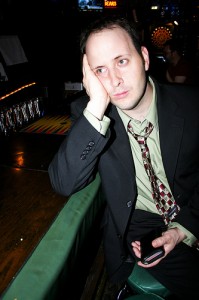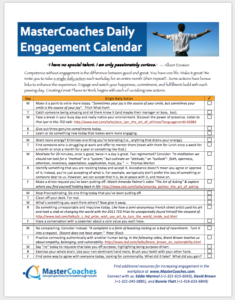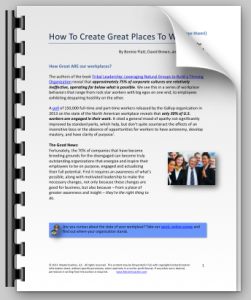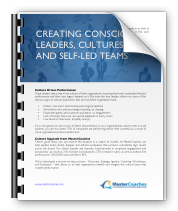
The result of talking values with the lone warrior
“Team building is a total waste of money” was a comment from John King, co-author of Tribal Leadership, on a recent webinar. I was both shocked and not. How could he say that? And of course, it all makes sense now. Having spent years working with executives and organizations I appreciated the seeming paradox. Intelligent, motivated successful employees spend days at offsites coming together as a team with renewed energy, direction and purpose. Weeks later it’s business as usual. Did they not get it?
And here lies the beauty of Tribal Leadership. It’s the “are we there yet?” syndrome for executives. All human beings go through developmental stages, some getting further than others. And no one skips a stage. Young children can’t comprehend abstract concepts like time until a certain stage. It’s why I had to answer my little ones with “we’ll be home in about one Sponge Bob episode” and hope for the best.
It turns out even smart people in organizations need to be at a certain stage of development before they can get the true concept of “we” as distinct from a couple of “I-you’s.” Having been a therapist for 17 years before becoming an executive coach, I knew this. But I didn’t connect those dots that way. I studied Ken Wilber, Spiral Dynamics and Conscious Business with Fred Koffman, but still, it just didn’t occur to me that someone could get to a position of leadership in an organization and still not fully appreciate the power of a we-centric view of achievement. And that’s not even the highest stage.
Stage three leaders will leave that team building workshop pumped up and focused on the mission. But rather than bring together the power of networks and triadic relationships galvanized around core values and a noble cause, the stage 3 workshop participant will use as many dyadic relationships as he can juggle to move his agenda forward. In other words, there isn’t a “team”; rather, it’s a star and a supporting cast, or groups of individuals working on the same project. The individuals are not looking out for each other or the bigger picture. It’s still a me-world.
However, when you invest in assessing what stage your organizational culture is at, when you stabilize it, and when you use leverage points to move it one stage forward, you typically see your ROI skyrocket. Stabilize at stage four with pockets of stage five and you’re the next Apple of your industry. Plus there’s another ironic outcome I observed at a client’s company where her organization was operating at stage four. She didn’t need to invest in team building. At stage four it’s just what happens.
Action step: Step back and evaluate your company’s culture in terms of Tribal Leadership’s five tribal stages. For the unitiated, briefly:
Stage 1: The theme is “life sucks” and it’s everyone out for themselves. Think prisons & gangs.
Stage 2: The theme is “it’s my life that sucks and others have it better” and there’s an apathetic connection to work.
Stage 3: The theme is “I’m great… and you’re not,” the high achiever lone warrior. Relationships are hub & spoke.
Stage 4: The theme is “we’re great” rallyed around a common purpose for a greater good. Networks over knowledge.
Stage 5: The theme is “life is great” and it’s us against history. Major innovation & idealism.
Now look at efforts and initiatives that have been introduced. Is there a correlation between between the stickiness of the effort and the stage the group was at?
Do you need to upgrade your culture so that the future you envision can take hold? Is it time for us to have a conversation and see what’s possible?







Social Links